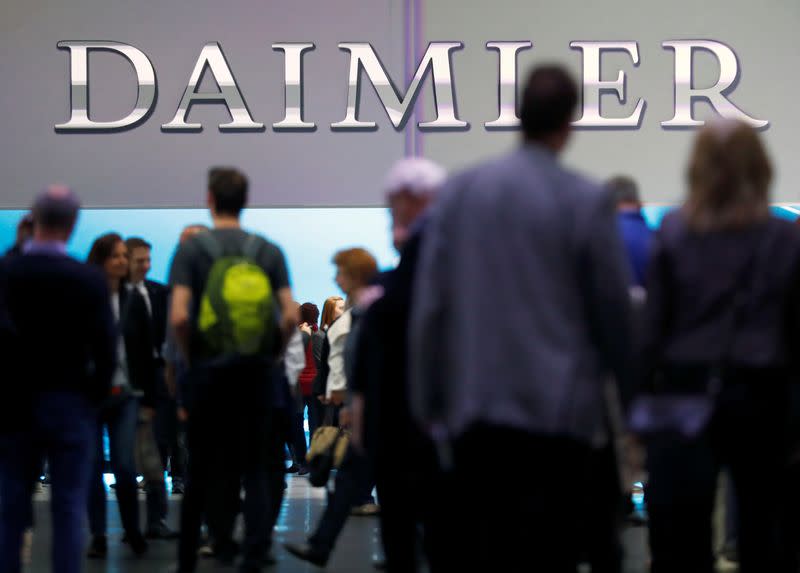Daimler Truck sees high demand cushioning raw material price impact

By Victoria Waldersee
BERLIN (Reuters) -Daimler Truck Holding said rising raw materials prices and inflationary pressures could weigh into its second quarter, but the truckmaker expected to continue passing high costs to customers amid record levels of demand.
Once costs begin to decrease again, it could lower customer prices, Chief Financial Officer Jochen Goetz said on an earnings call.
"We are not increasing prices just for the sake of profit, but pure necessity," Goetz said. "If raw materials fall back to the level we had 1.5 years ago, pricing would go down again."
Semiconductor supply bottlenecks were the main cause of inventory backlogs, Goetz said, with chips being shuffled between regions to accommodate orders.
Still, availability was already increasing and the situation should ease significantly in the second half, he said.
The truckmaker still expects to make between 500,000 and 520,000 vehicles this year as previously forecast, but positive exchange rate effects and high demand mean it could boost its revenue to 48 billion-50 billion euros ($52.3 billion) from its previous forecast of 45.5 billion-47.5 billion, it said.
"Daimler Truck expects the macroeconomic conditions for global demand for trucks to remain favourable in 2022," it said in a statement.
Revenues rose 17% to 10.6 billion euros in the first quarter, with earnings before interest and taxes (EBIT) up 11%. Still, Daimler Truck's adjusted return on sales fell slightly to 5.9% from 6.3% in the same period last year.
By 0802 GMT shares were up 4.3% from Monday's close on the news to 28.12 euros.
"Amid ongoing supply chain challenges and possible consequences of the Russia-Ukraine war on the economy, our practice of fixed-cost management and liquidity security is more important than ever," Goetz said.
($1 = 0.9565 euros)
(Reporting by Victoria Waldersee; Editing by Rachel More and Jan Harvey)
